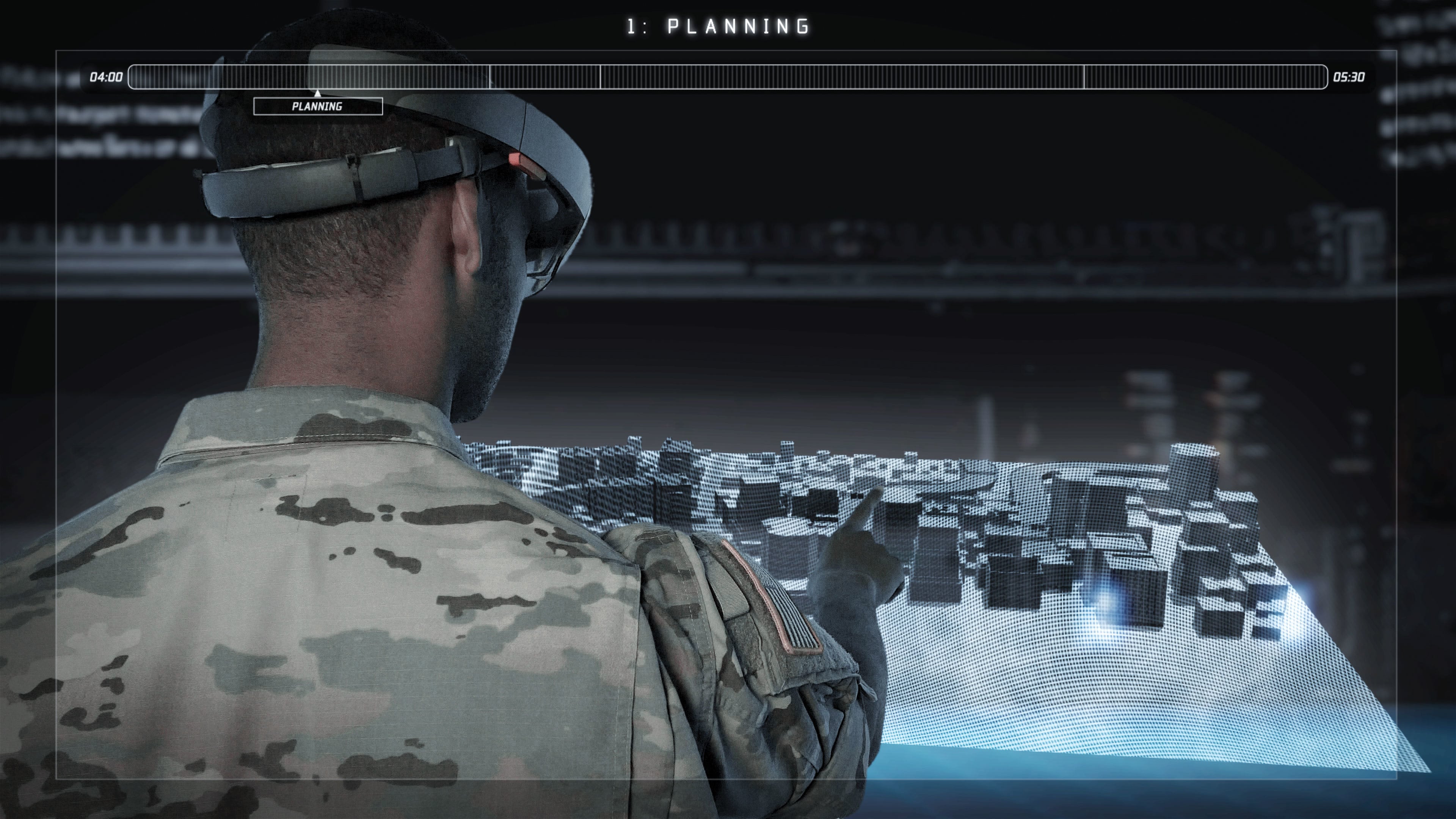In a world where the landscape of threats to national security is continually evolving, the intelligence community must also evolve.
Published recently, the “Vision for the IC Information Environment: An Information Technology Roadmap” articulates the pressing need for transformation within the IC, emphasizing how the current strategic environment is vastly different from that of September 2001.
Today, we face adversaries ranging from peer nations to non-state actors, each seeking to challenge our national interests and security. This dynamic environment demands that our information technology infrastructure not only keep pace but also provide a strategic advantage.
The roadmap aims high and purposefully so. It outlines five key focus areas, each designed to fortify, assure, enable, enhance, and accelerate the mission through a comprehensive IT strategy. These areas include:
— Fortify the Mission with a Reliable and Resilient Digital Foundation.
— Assure the Mission with Robust Cybersecurity.
— Enable the Mission with Modern Practices and Partnerships.
— Enhance the Mission with Data-Centricity.
— Accelerate the Mission with Advanced Technologies and Workforce Readiness.
One of the most exciting aspects of this roadmap is Focus Area 4: Enhance the Mission with Data-Centricity. This section highlights the importance of managing and securely using data effectively to expedite mission outcomes and maximize intelligence value. Of particular note, it stresses three main objectives:
Realizing End-to-End Data Management: To achieve data-centricity at scale, the IC must govern and manage data cohesively, at every point of the data lifecycle. This involves comprehensive data management planning, which aligns complex data lifecycle management activities with critical mission architectures. Whether you’re gathering sensor data or video footage in a remote location or extracting insights from that data in an air-gapped facility, such plans will increase the adoption of IC Data Services and applied advanced analytics and AI.
Implementing a Data-Centric Architecture: Valuing data as a strategic tool requires establishing common data standards, models, services, and enterprise digital policies so that everyone is handling mission-critical information in a cohesive way, aligned with the appropriate protection and sharing of each data object. This will facilitate a decentralized data ecosystem, enabling seamless data exchanges and fostering advanced AI/Machine Learning capabilities. Ultimately, this architecture will streamline data sharing and collaboration within the IC and with external partners.
Transitioning Sensitive Data Silos to Data-Centric Enclaves: Sensitive data within the IC is often siloed, making it difficult for analysts to access and utilize information across different enclaves. By transitioning to data-centric enclaves, the IC can break down these barriers, allowing authorized users to discover and access relevant data more efficiently and effectively.
As a whole, this focus area encapsulates the IC’s shift from traditional processes to a data-centric approach. The report details, “Timely, accurate, well-informed insight is key to delivering enhanced mission outcomes. The IC must shift from an organization- and system-centric paradigm to one that is data-centric; preserves organizational equities, authorities, and rights; implements legal/compliance frameworks; and enforces security.”
Centering the data changes everything
Let’s give credit where it’s due; this vision for data-centricity is transformative. Aiming to shift the IC from a paradigm of isolated data silos to an integrated, agile, and efficient data environment, this transition is crucial for enabling analysts to derive actionable insights swiftly and accurately, thereby enhancing the overall intelligence process. By implementing a data-centric architecture, the IC can ensure that data is not just a byproduct of operations, but a core asset that drives decision-making and operational effectiveness.
One of the most critical aspects of this transformation is bringing data-centric security down to the data object level using technologies like the ODNI’s Trusted Data Format and the recently approved Zero Trust Data Format by the CCEB. By doing so, the IC can ensure that data remains secure and can be effectively shared and utilized across various platforms and with international partners and allies. This granular level of security is essential for maintaining the integrity and confidentiality of sensitive information while promoting interoperability and collaboration.
The “Vision for the IC Information Environment: An Information Technology Roadmap” provides a robust framework for modernizing the IC’s IT infrastructure. By prioritizing data-centricity specifically, the IC can unlock the full potential of its data assets, enabling more informed decision-making and more effective operations, which will ultimately prove to be critical for maintaining a strategic edge in a data-driven world and ensuring the United States remains protected.
The roadmap’s vision is ambitious, but with commitment and collaboration, it is well within reach. Together, we have the opportunity, talent, and determination to close IT gaps and open new mission horizons, securing our nation’s future.
Shannon Vaughn is general manager of federal at Virtru, a data security company.







